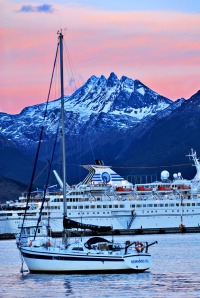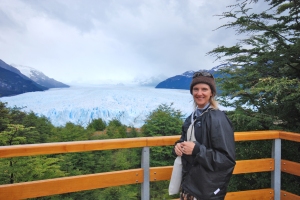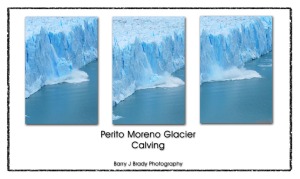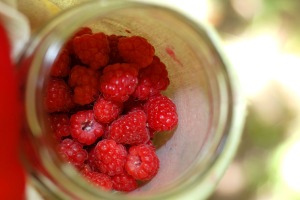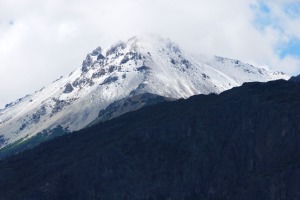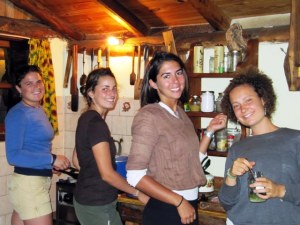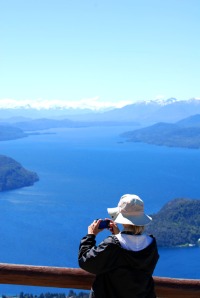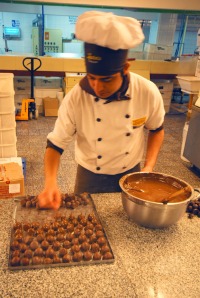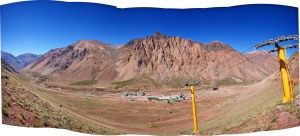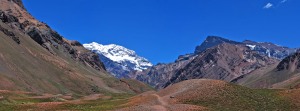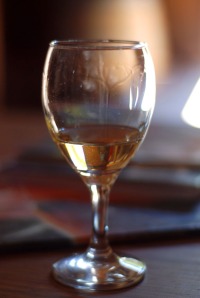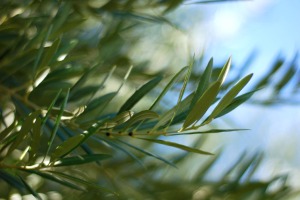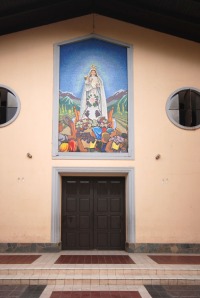
In less than 2 weeks time, we return to our homeland after 9 months of travel in South America. I have been reflecting on this and thinking of how I can distill this amazing time into one blog post and its really not easy. Just scroll down and go back to each month since December 2009 and you will see that we have seen and done and experienced so much.
It has been an amazing privilege to have been able to do this at this time in our lives….to coin a cliché, it has been life changing and I really mean that. South America has been an amazing place to explore, we have travelled through Argentina, Chile, Peru and were fortunate enough to go to Antarctica for 11 days. These experiences have shaped our thinking, moulded our ideas and brought us to the cliff edge of things that we never thought we would experience in our lifetime, let alone in 9 months.
We have been to one of Earths Last Edens…Antarctica. A place that truly embodies everything it is made out to be and so much more. It is almost like landing on another planet, a planet untouched by human habitation, unblemished by mans greed and materialism, a place of audible silence and silent magnificence. It is a place unlike any other I have visited and probably will remain so. To say that Antarctica is breathtaking is an understatement, to say it is majestic, does it no justice, you simply have to see it to believe it…and I believe that I will go back and see it again. The reason for this lengthy discourse is because on our way to Antarctica was one of my first crazy experiences that defined part of this trip. Our experience happened in the Drake Passage, the foreboding, treacherous stretch of sea from Ushuaia in Argentina to Antarctica. It was here, while “crossing the Drake” as it is known, that we experienced one of the most frightening experiences on this trip. On the morning of the second day we hit a gale force storm at sea that lasted for 2 and a half days. Massive 15 meter swells threatened to rupture our vessel, the sea angrily frothed and battered our ship. Fortunately it was a former Chilean navel ship and was built to cross the Drake Passage and was designed for precisely those conditions, but still, the water was a dark inky colour and ferociously smashed against the ship as if trying to expel us from the passage. There was a snowstorm at sea, a horizontal snow storm, that iced the ship up, making it look like a white phantom on the black sea. The windspeed was 100km per hour which pushed our ship around like a toy boat and made the 15 m swells even more ferocious and in my opinion more spectacular. In spite of this, we landed in Antarctica, much to the joy of 90% of the passengers who had been able to keep little food and liquid down as the ship was violently tossed to and fro for 2 and a half days, an amazing experience, one not easily forgotten.
Another memorable experience was seeing the Perito Moreno Glacier in Argentina. Before this trip, glaciers held no particular fascination for me, in fact I never really thought much about glaciers. So we left the partly frozen town of El Calafate and drove off to the National Park of the Glaciers. When you enter the park, you can’t see the glaciers, but once you round a particular bend, you get a glimpse of the massive monolithic bulk of the glacier called Perito Moreno. It is a sight that I will never forget, it was astounding, bigger than I ever imagined and more spectacular than any photo could ever convey. Once we got to the top of the hill where visitors can walk on a boardwalk to get a closer view of the glacier, you realize that we are very small beings in comparison to the sheer size of a force of nature that is a glacier. Perito Moreno Glacier towers 75 m above the water surface, its front wall is 5 km long and the whole glacier stretches for 30 km up the mountain valley. It is basically a moving city. It seems as if the glacier itself is alive, glaciers move as a result of pressure from ice forming high up in the valley. So when you stand in front of the glacier, it creaks, crack, groans and sounds like gunshots go off occasionally and this is because this massive ice city is edging ever closer to where we were standing. Millimeter by millimeter, this glacier moves, occasionally visitors are fortunate to witness a calving, this is when a chunk of the front wall of the glacier breaks off and a magnificent display of ice hitting water is seen. It was incredible to be standing before such a gigantic natural phenomenon and to be honest, I never wanted to leave.
Just in case we were short of experiencing natures power, we had the most terrifying experience yet, in Santiago, the capital city of Chile. We were there when an 8.8 earthquake shook half of Chile, the fifth largest earthquake on earth in the past 100 years. You can read about my remembrance of the quake here, but suffice to say that it was only the second time in my life that I truly believed that I was about to die. It is a sobering thought when you are faced with imminent death, I didn’t experience the “life flashing before me” thing, all I remember is that I was praying that it would stop. It didn’t….it went on for 2 and a half minutes, it felt like half an hour. I was genuinely surprised when it did stop and we were not dead, quite a surreal feeling of relief and then the realization that once again, our lives had been spared, but to what end?
We moved on from Chile to Peru and in many ways Peru has been the highlight of our trip. We have loved it here and it really is an amazing place to visit. The Inca ruins and the pre Columbian civilizations remain a mystery. Machu Picchu is a site that still confounds most experts with its architecture, water systems and positioning, but Machu Picchu is only one of many such sites, some still to be discovered, Inca sites. There is a new site that has been opened up in the past few years called Choquequirao. This site, it is said, is bigger than Machu Picchu and in many cases even more spectacular if that were possible…having visited Machu Picchu, that statement amazes me and excites me.
So as we come to an end of nine months, it is impossible to summarise what we have seen, felt, done and experienced on this continent known simply as South America. We have learnt to speak a new language, even though we are not proficient, we can be understood, we have eaten unusual foods, sometimes we have not been sure what it is, but it tasted good, other times we have known what it is and it has been great (delicacies like Cuy, or guinea pig, and Anticucho, cow heart, cooked on a skewer, to name but a few)
Of course the best thing that has happened is that we have met amazing people on this trip, from university professors to cab drivers, you name them, we have met them. People from diverse backgrounds like a polish woman who escaped from Poland and sought refuge in Canada, Russian Jews who fled from Communism and rebuilt their lives in the USA, A Dutch man and his family who live in the Carribbean and are involved in helping the government of Bonaire integrate into the Dutch system. We have met Australians, New Zealanders, Orientals, Asians, Russians, Europeans from just about every country in Europe, Americans and of course Canadians. We have been astounded at how many new friends we have made and how many of them we are sure we will see again.
So at the penultimate leg of this incredible journey, we know we have managed to capture many images photographically, we have tasted new flavours physically, we have felt the violent shakes of an earthquake under our feet, but more than all of that, we have grown richer in this time. We have memories that will last as long as the rest of our lives.
We have seen things that in many cases seem unbelievable, but only when you emerge on the other side do you look back and see just what has happened. It has been an honour and a privilege, “once in a lifetime” cannot encapsulate the true meaning. Either way, we are greatly blessed to have done this and that the next leg of our journey will begin again shortly… we hope that you will travel with us again!


